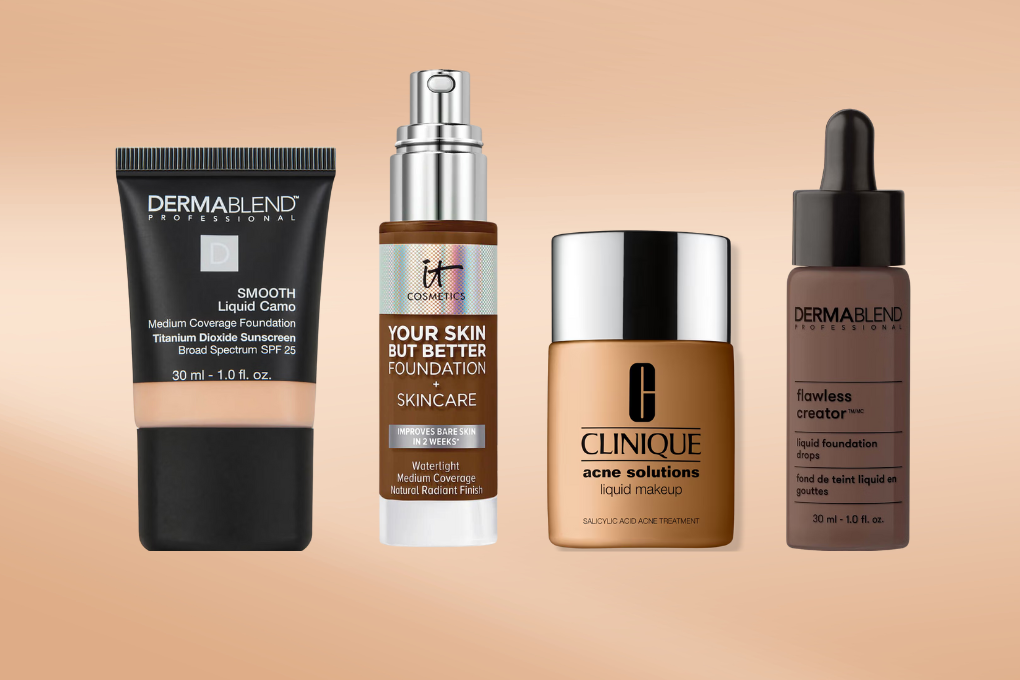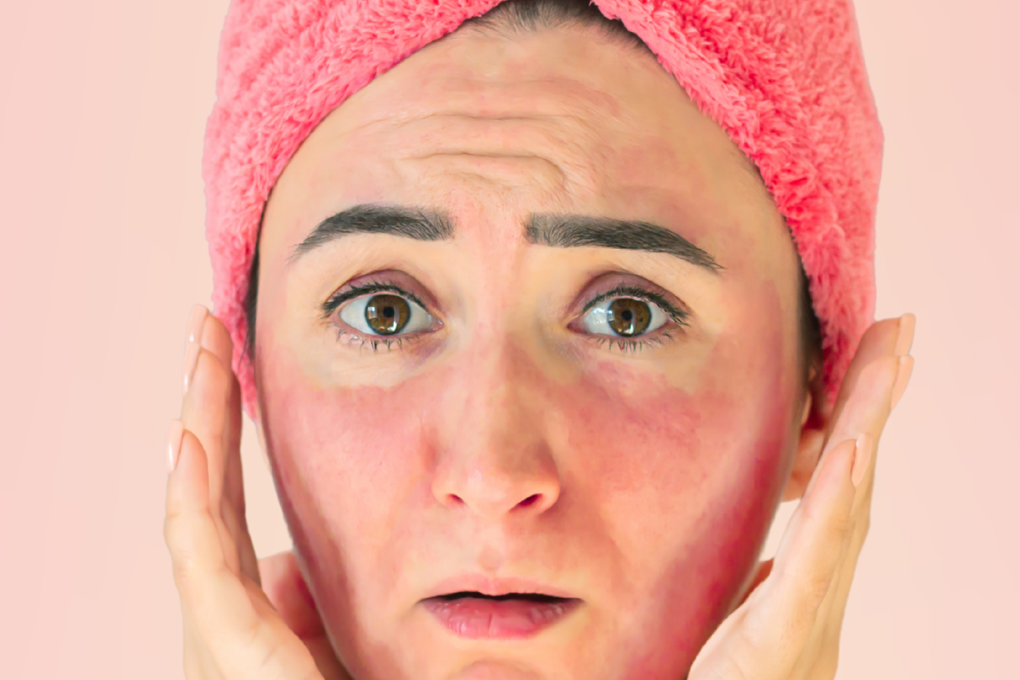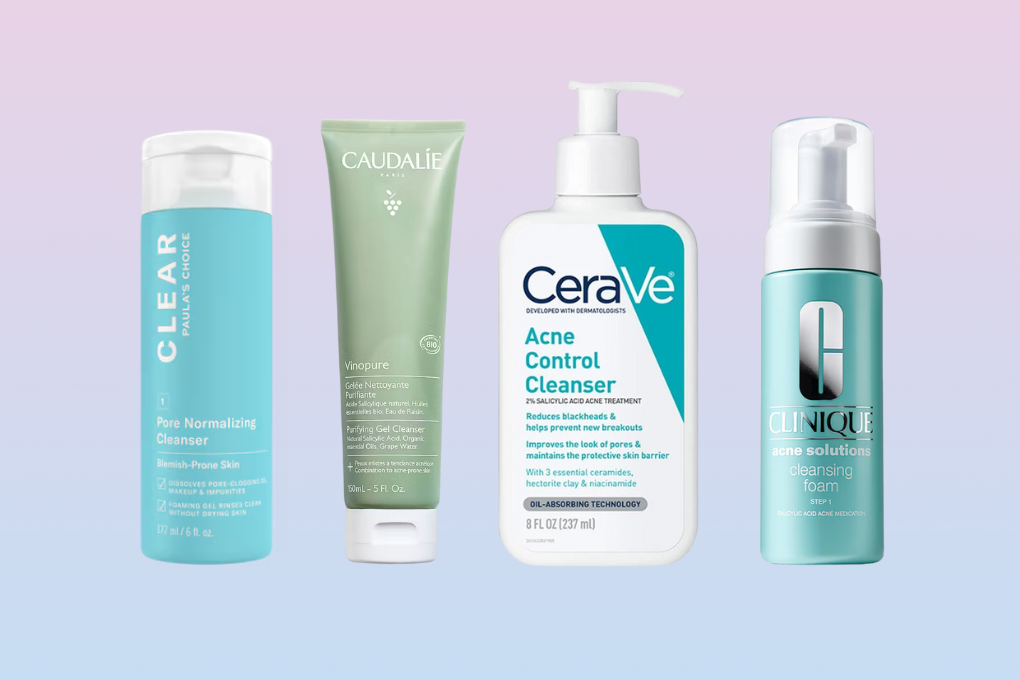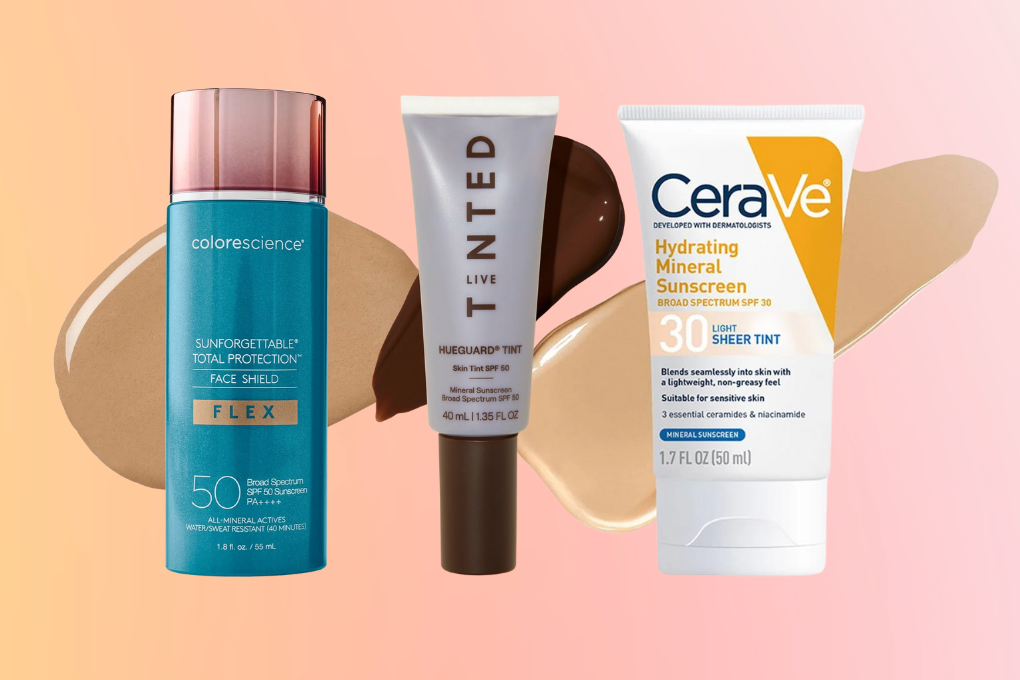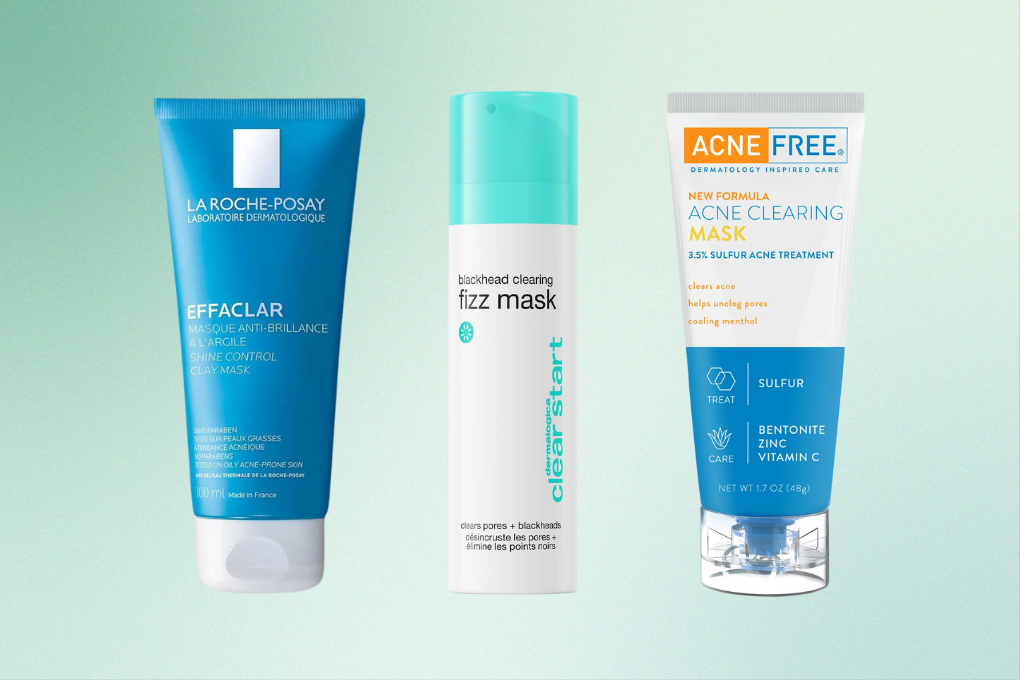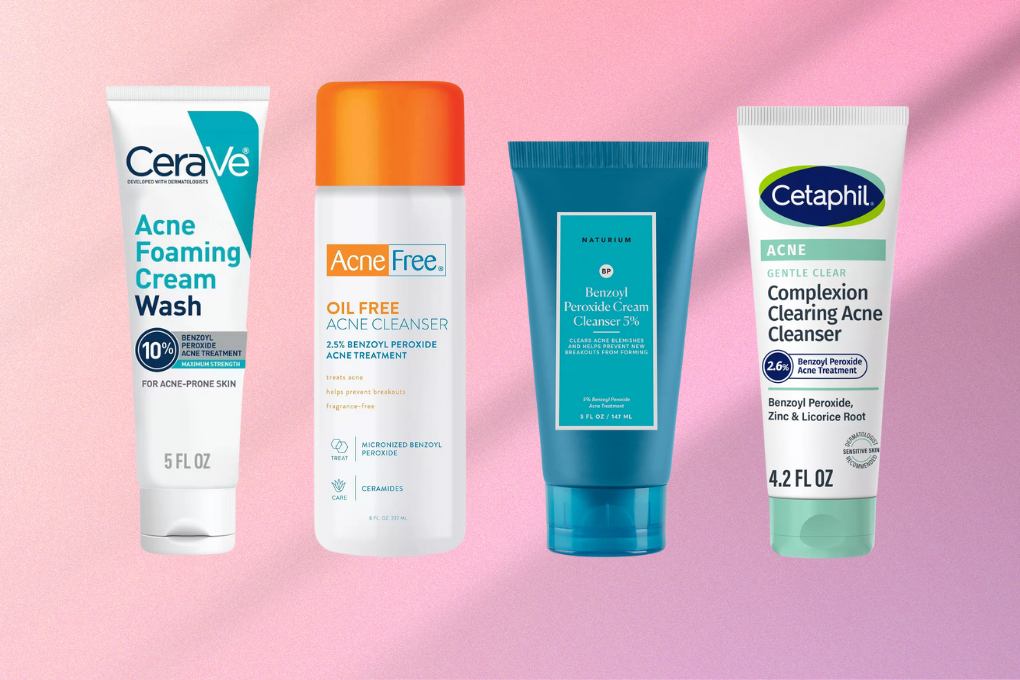Finding the best foundation for acne-prone skin can be difficult. Not only do you have pimples, post-inflammatory hyperpigmentation, and acne scars to cover, but the wrong product or application technique can make texture more noticeable, clog your pores, irritate your skin, and make breakouts worse.
Whether you’re looking for something that feels lightweight, works on oily skin, or effectively covers acne scars, there are many excellent foundations to choose from for acne-prone skin.
Best Foundations for Acne-Prone Skin
The best foundation for acne-prone skin is one that will provide enough coverage to make you comfortable while also not clogging pores. While our first instinct might be to get a full coverage foundation to cover breakouts, light to medium coverage foundations can also be a good choice for acne-prone skin because they are less likely to cake up or get patchy over breakouts during the day. You can use a full-coverage foundation or a concealer in just the spots where you need extra coverage without overloading the rest of your face.
With all that in mind, here are some of our favorite non-comedogenic foundations for acne-prone skin:
Clinique Acne Solutions Liquid Medium Coverage Foundation with Salicylic Acid Natural Matte Finish
Acne Solutions Liquid Makeup by Clinique is designed to both treat and cover breakouts for combination to oily skin types. This oil-free, lightweight foundation blurs away imperfections and has a natural matte finish to help control excess oil. This foundation will also gently clear pores with 0.5% salicylic acid, which exfoliates and penetrates oil, and contains added ingredients like caffeine to reduce redness. With 24 varied shades, there is a match for most skin tones in this medium coverage formula.
- 0.5% salicylic acid to gently clear pores
- Lactobacillus ferment, licorice, and caffeine help reduce redness
- Natural matte finish for combination to oily skin
- Alcohol may be drying for some people
Dermablend Flawless Creator Lightweight Buildable Full Coverage Foundation with Natural Finish
Flawless Creator Lightweight Foundation from dermatologist favorite makeup brand Dermablend is made to be easily customized. It comes in a weightless 10-ingredient formula that is safe for acne-prone and sensitive skin. Although it is lightweight, it also contains a concentrated blend of pigments, making it buildable from sheer to full coverage that can hide hyperpigmentation while still feeling natural on your skin. It can be used alone or mixed with skincare to change it up.
- Simple formula with only 10 ingredients
- Concentrated pigments for weightless full coverage
- Can be used alone or mixed with other skincare
- May be too concentrated if you want a lighter look
Jane Iredale PurePressed Base Mineral Pressed Powder with SPF Semi Matte
Jane Iredale's Pure Pressed Mineral Foundation is a mineral powder foundation that can be built from light to full coverage and can also double as a concealer. The hydrating and non-cakey formula contains micronized minerals that blend easily with a brush to a skin-like finish while allowing your skin to breathe. Zinc oxide and titanium dioxide in the powder offer a broad-spectrum protection that can be a top-up for your sunscreen. The brand also offers a sustainable system of pressed powder refills after you buy the reusable compact.
- Sold as refills for a reusable compact
- Hydrating non-cakey formula
- Light to full coverage that can double as concealer
- Algae and plankton extracts may irritate some skin types
Dermablend Continuous Correction Tone-Evening CC Cream Full Coverage Foundation SPF 50+
Dermablend's Continuous Correction CC Cream is a dermatologist-tested full coverage CC cream with SPF 50 and a natural, radiant finish. As a skincare makeup hybrid, it contains niacinamide and antioxidants to brighten the skin and improve the look of hyperpigmentation, as well as caffeine to reduce redness. The full coverage will correct uneven skin tone and camouflage breakouts. It can also double as a concealer that can be used just on pimples, along with a separate sheer coverage as your base.
- Full coverage for breakouts and dark spots
- Niacinamide to brighten and caffeine to reduce redness
- Can double as concealer
- Niacinamide and alcohol can be irritating for some people
L'Oreal Paris True Match Super-Blendable Medium Coverage Liquid Foundation
L'Oreal's True Match Super-Blendable Foundation is a medium coverage foundation designed to match your skin color so perfectly you won't be able to tell where your makeup ends and your skin begins. It uses six different pigments to create 47 shades covering a variety of tones and undertones, paired with an easily blendable texture that will meld into your skin for a natural-looking result. Glycerin, hyaluronic acid, and aloe keep the formula hydrating and soothing.
- Available in 47 shades for a precise match
- Blendable formula with a natural finish
- May take trial and error to find the right shade





